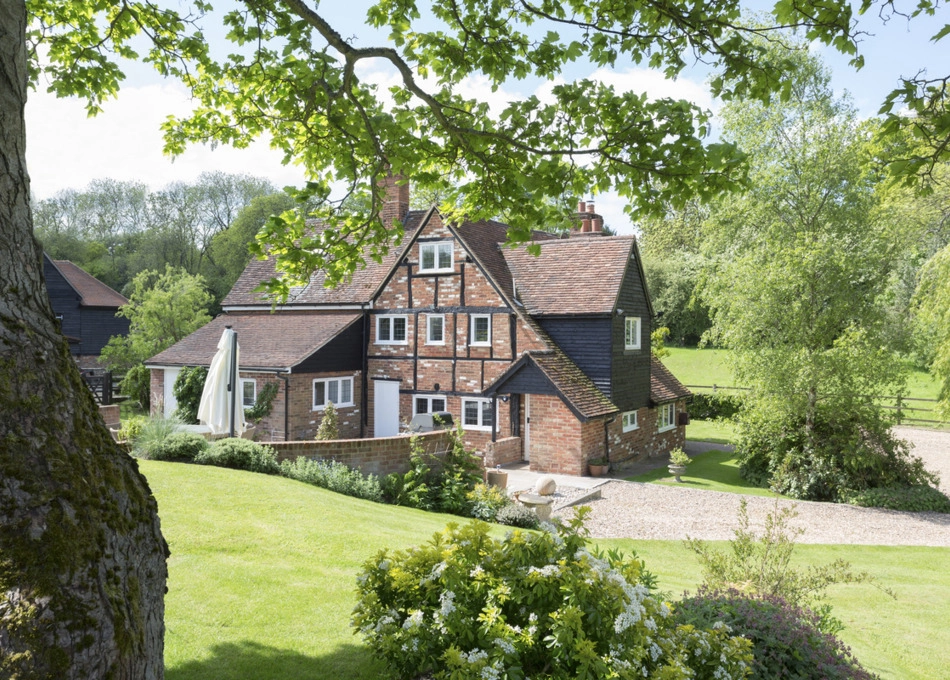
Country Gold es la respuesta a una creciente demanda de propiedades de alto nivel en el mercado de propiedades rústicas. Aquí encontrarás una cuidadosa selección de las mejores propiedades rústicas en las zonas más bellas de nuestro país.
Desde casas de campo hasta fincas y villas, nuestra selección de propiedades rústicas de prestigio se caracterizan por su diseño elegante y funcional, sus impresionantes vistas, y sus detalles de calidad. Estas propiedades ofrecen una experiencia única de vida en contacto con la naturaleza, rodeados de montañas, bosques, ríos y campos.
Nuestras propiedades rústicas seleccionadas de alto valor son cuidadosamente seleccionadas en función de su ubicación, valor arquitectónico e histórico, calidad de construcción y acabados, potencial de inversión y exclusividad.

En la selección de nuestras propiedades rústicas de alto valor, tenemos en cuenta varios factores importantes:
Este proceso de selección garantiza que cada propiedad en nuestro catálogo sea única y cumpla con nuestros altos estándares de calidad garantizando una inversión de valor seguro.